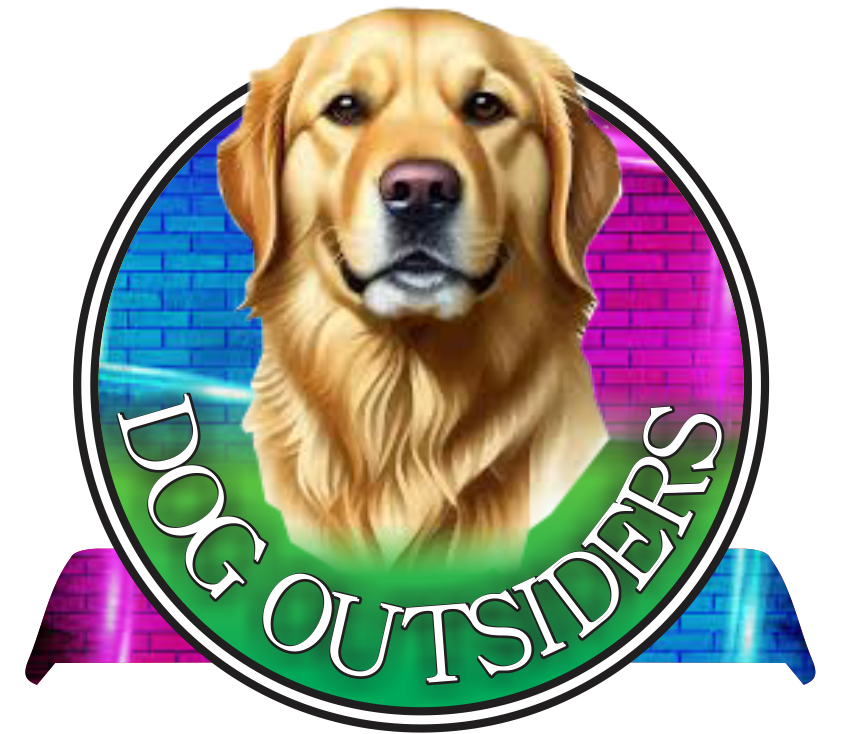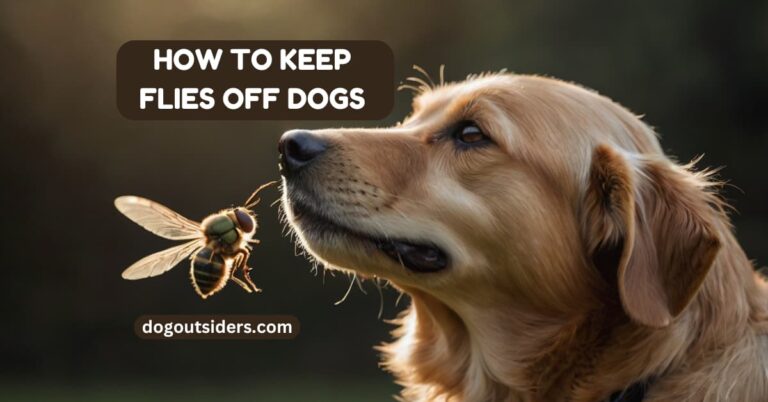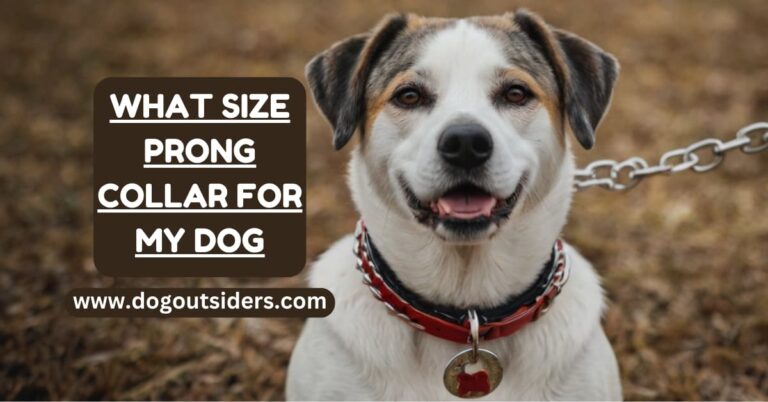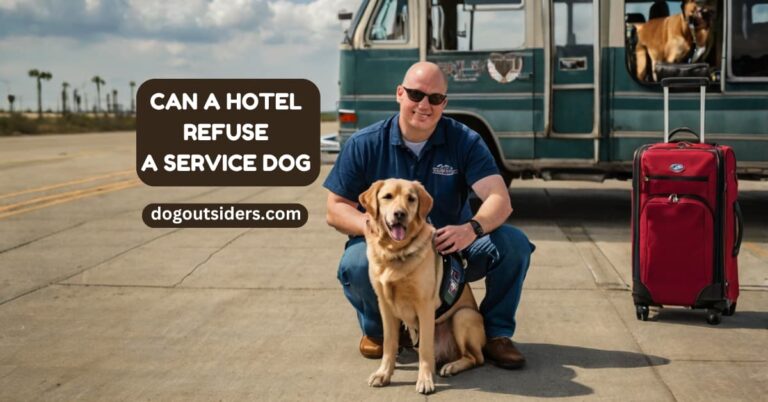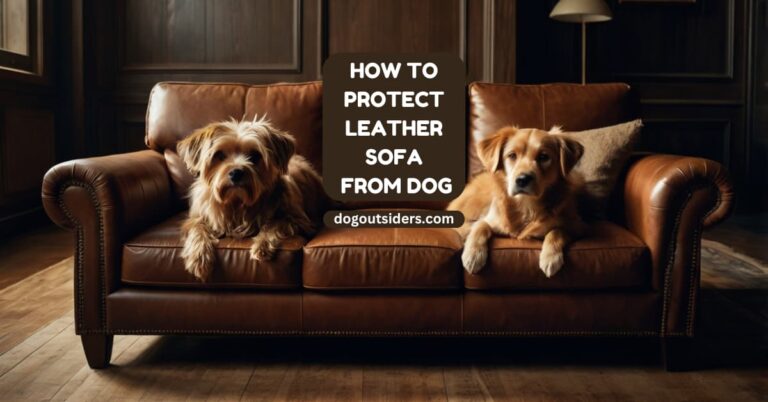Have you ever considered the proper tightness of your canine companion’s collar when using a standard-sized brass buckle dog collar? How tight should a collar be on a dog, you ask? Finding that perfect balance between snug and comfortable is essential for your pet’s safety and well-being. Join me as I explain this common concern among dog owners, exploring the ideal collar fit to keep your canine companion secure and content. From measuring techniques to signs of a well-fitted collar, we’ll uncover all you need to know to ensure your dog’s comfort and safety while out and about. Let’s unravel the mystery of the perfect collar fit together!
Key Takeaways
- Proper fit is crucial: Ensuring the collar fits your dog correctly is essential for their comfort and safety during walks and everyday activities.
- Use the Two-Finger Rule: Follow the simple guideline of being able to comfortably fit two fingers between your dog’s neck and the collar to prevent it from being too tight or too loose.
- Avoid risks of improper fit: Tight collars can cause discomfort, skin irritation, and breathing difficulties, while loose collars may lead to escape or accidents.
- Measure your dog accurately: Take accurate measurements of your dog’s neck before purchasing a collar to ensure a proper fit and avoid any potential issues.
- Choose the right collar type: Consider your dog’s size, behavior, and walking habits when selecting a collar to best suit their needs and ensure comfort.
- Regularly check for comfort and safety: Periodically adjust the collar to maintain a snug yet comfortable fit, and watch for signs of discomfort such as rubbing or hair loss.
How Tight Should a Collar Be On a Dog?
When fitting a collar on a dog, it is important to ensure that it is not too tight or too loose. A good rule of thumb is to be able to fit two fingers comfortably between the collar and the dog’s neck. This allows for a snug fit without being constricting. A collar that is too tight can cause discomfort, irritation, or even injury to the dog. On the other hand, a collar that is too loose may slip off or get caught on objects, posing a safety risk. Regularly check the fit of your dog’s collar to ensure it remains comfortable and secure.
Importance of Proper Fit
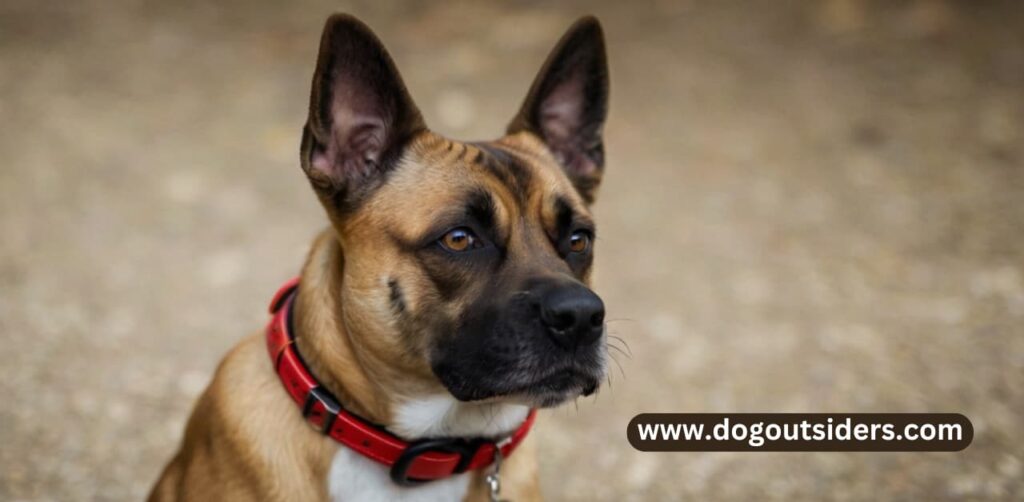
Safety Considerations
A collar that is too tight can lead to discomfort and potential injury for your dog. It can cause skin irritation, chafing, and even restrict breathing if it’s excessively snug. On the other hand, a collar that is too loose poses risks of slipping off or getting caught on objects, leading to accidents.
Regularly checking and adjusting the collar’s fit is crucial to ensure the perfect fit. I remember when my dog’s collar was too tight, and he kept scratching at it, causing redness and discomfort. By ensuring the correct tightness of the snug dog collar, you can prevent such issues and keep your furry friend safe.
Comfort and Well-being
The ideal tightness of the collar should allow you to slide two fingers comfortably underneath. This ensures that it’s snug enough to stay in place but not too tight to cause any discomfort. Finding the right tightness will help your dog feel at ease during walks and daily activities.
When choosing a collar, consider the wide range of sizes available. Ensure you measure your dog’s neck accurately to find the most suitable fit. I once bought a collar without measuring first, and it ended up being too loose, leading to my dog slipping out of it during a walk.
Adjustments and Monitoring
Regularly monitor your dog’s collar for any signs of wear or changes in fit. Over time, collars may loosen or show signs of damage, requiring adjustments or replacement. I learned the importance of this when my dog’s collar became frayed, risking breakage during our outdoor adventures.
Make it a habit to check the collar’s fit as your dog grows or gains/loses weight. It was surprising for me to realize how much my dog’s neck size changed over time, emphasizing the need for constant adjustments to maintain a proper fit.
Two-Finger Rule Explained
Testing Collar Tightness
To ensure a collar fits your dog properly, use the two-finger rule. Place two fingers under the collar; it should be snug but not too tight. This method prevents choking or discomfort for your furry friend.
When checking the collar fit, slide two fingers between the collar and your dog’s neck. If you can easily fit two fingers without struggling, the collar is just right. Adjust accordingly if it feels too loose or tight.
I remember when I first learned about the two-finger rule. It was a game-changer in ensuring my dog’s comfort and safety. By following this simple technique, I could easily check if the collar was fitting correctly.
Importance of Proper Fit
Using the two-finger rule is crucial for your dog’s well-being. A collar that is too tight can lead to breathing difficulties and skin irritation. On the other hand, a loose collar may slip off, putting your pet at risk of getting lost.
Implementing this rule ensures that your dog’s collar is secure yet comfortable. It allows room for movement while preventing any potential harm. Remember, a well-fitted collar is essential for your pet’s safety during walks or playtime.
When I adopted my dog, I was unsure about how tight the collar should be. Learning about the two-finger rule gave me peace of mind knowing that I could easily check and adjust the fit as needed.
Risks of Improper Fit

Injuries
Tight collars on dogs can lead to various injuries, including skin irritation, chafing, and even cuts if left unattended. The constant rubbing of a tight collar against the skin can cause discomfort and pain for the dog.
Improperly fitted collars may also restrict airflow, leading to breathing difficulties for the dog. This can be particularly dangerous during physical activities or in hot weather, increasing the risk of heat exhaustion or heatstroke.
Behavioral Issues
A collar that is too tight can cause discomfort and anxiety in dogs, potentially resulting in behavioral issues such as aggression or fearfulness. Dogs may exhibit signs of distress like scratching or pawing at their necks if the collar is too constricting.
Moreover, an ill-fitting collar can affect a dog’s confidence and trust, impacting their overall well-being and relationship with their owner. It is essential to ensure that the collar fits comfortably to maintain a positive bond with the pet.
Loss Prevention
On the other hand, collars that are too loose pose a risk of slipping off, leading to potential loss or escape of the dog. A loose collar may easily come off during walks or playtime, putting the dog at risk of getting lost or involved in accidents.
In cases where identification tags are attached to the collar, a loose fit increases the chances of them falling off, making it challenging to reunite a lost dog with its owner. Proper collar fit is crucial for ensuring the safety and security of the pet.
Measuring Your Dog Correctly
Accurate Measurement
To ensure optimal dog safety, start by measuring your dog’s neck accurately. Use a soft measuring tape for the most precise results. Place the tape around the base of your dog’s neck, where their collar usually sits.
Always add an extra inch to the measurement to allow for comfort and movement. Avoid making it too tight, as this can lead to discomfort and even potential health issues for your furry friend. Remember, a snug fit is essential for your dog’s well-being.
Importance of Correct Fit
Getting an accurate collar measurement is crucial for selecting the right size. A collar that is too loose might slip off, putting your dog at risk of getting lost or injured. On the other hand, a collar that is too tight can cause chafing and breathing difficulties.
Choosing the correct collar size based on accurate measurements ensures that your dog remains safe during walks or playtime. It also prevents any discomfort or irritation that may arise from an ill-fitting collar.
Breed Specific Considerations
Different breeds may require specific considerations when it comes to collar sizing. For example, larger breeds like Great Danes may need wider collars to distribute pressure evenly. Conversely, smaller breeds like Chihuahuas may do better with narrower collars for comfort.
When measuring your dog’s neck, take into account their breed characteristics to ensure the collar fits well and provides both comfort and security. Always refer to breed-specific guidelines if available or consult with a veterinarian for advice.
Collar Types Overview
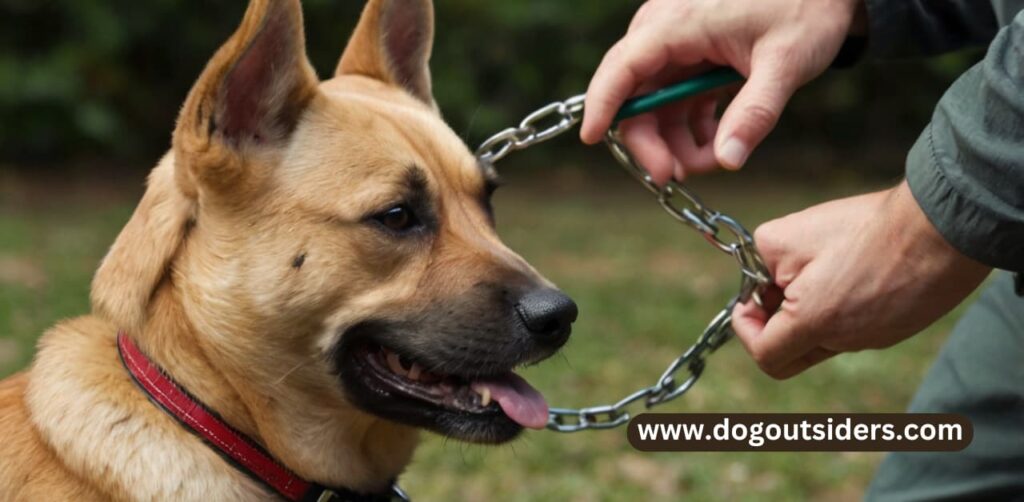
Fabric Collars
Fabric collars are lightweight and comfortable for dogs to wear. They come in various designs and colors, making them a popular choice for pet owners. These collars are ideal for everyday use and are gentle on the dog’s neck.
Chain Collars
Chain collars, also known as choke chains, are commonly used for training purposes. They provide quick correction when the dog pulls on the leash. It is crucial to use chain collars properly to avoid injuring the dog’s neck.
Leather Collars
Leather collars are durable and stylish, suitable for both small and large breeds. They are long-lasting and age beautifully over time. These collars are perfect for dogs with sensitive skin as they are less likely to cause irritation.
Lighted Collars
Lighted collars are designed with LED lights for enhanced visibility during nighttime walks. They ensure that your dog is safe and visible in low-light conditions. These collars are particularly useful for dogs who enjoy evening strolls.
Martingale Collars
Martingale collars, also known as limited-slip collars, provide gentle control without choking the dog. They are great for dogs with narrow heads or those who tend to slip out of traditional collars. These collars offer a balance between security and comfort.
When choosing a collar for your dog, consider factors such as size, comfort, and safety. Each type of collar serves a specific purpose, so it’s essential to select one that suits your dog’s needs and behavior. For example, if your dog tends to pull on the leash during walks, a chain collar may be beneficial for training purposes.
I have found that leather collars are not only stylish but also durable, making them a great investment for long-term use. Fabric collars come in a wide range of designs, allowing you to choose one that matches your dog’s personality.
Remember to regularly check the fit of your dog’s collar to ensure it is neither too tight nor too loose. A properly fitted collar should allow you to slide two fingers comfortably between the collar and your dog’s neck. It’s essential to prioritize your dog’s comfort and safety when selecting a collar type.
Adjusting for Comfort and Safety
Proper Tightness Levels
Adjusting a dog’s collar to the correct tightness level is crucial for their comfort and safety. Different dogs require varying tightness levels based on their size, age, and activity level.
Ensuring Comfort and Security
To ensure a collar is comfortable and secure, it should be snug enough to prevent slipping off but loose enough to allow for easy breathing and movement. Choosing the right width of the collar is essential for distributing pressure evenly.
I remember when I first got my dog, I struggled to find the perfect collar tightness level. It took some trial and error to get it just right, ensuring both comfort and security for my furry friend.
Importance of Proper Adjustment
Properly adjusting a dog’s collar is not just about comfort; it also plays a significant role in maintaining their safety and well-being. A collar that is too tight can cause discomfort and even injury, while one that is too loose may lead to escape or accidents.
When my dog was a puppy, I had to adjust his collar frequently as he grew. It was important to regularly check the tightness level to ensure it was still appropriate for his size and comfort.
Tips for Adjustment
- Regularly check the collar’s fit, especially as your dog grows or gains/loses weight.
- Ensure you can fit two fingers between the collar and your dog’s neck comfortably.
- Opt for collars with adjustable features to accommodate changes in your dog’s size or fur thickness.
Recognizing Signs of Discomfort
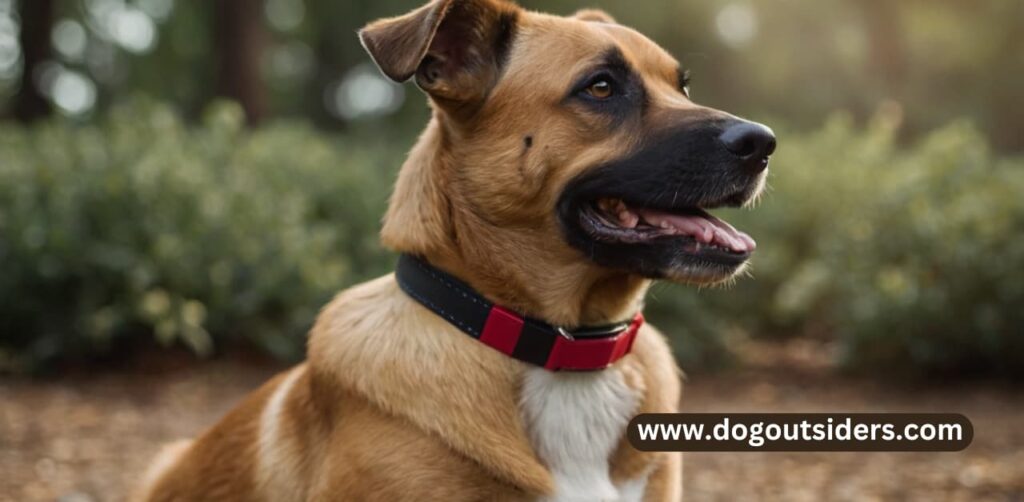
Scratching
Scratching: One common sign that a collar may be too tight on a dog is excessive scratching around the neck area. Dogs may scratch persistently or aggressively if they feel discomfort due to a tight collar. This behavior can lead to skin irritation and hair loss, indicating the need for collar adjustment.
Whining
Whining: Another indicator of collar-related discomfort in dogs is excessive whining or vocalization when the collar is on. If your dog starts whining immediately after putting on the collar, it could be a sign of distress. Addressing this behavior promptly can prevent further discomfort or anxiety in your furry companion.
Behavioral Changes
Behavioral Changes: Pay attention to any sudden behavioral changes in your dog, such as reluctance to move, lowered head posture, or avoiding contact. These changes could signal physical discomfort caused by a tight collar. By observing and understanding your dog’s behavior, you can intervene early and make necessary adjustments.
Skin Irritation
Skin Irritation: Check your dog’s neck regularly for signs of skin irritation or redness caused by a tight collar. Fur loss, chafing, or sores around the neck area are clear indications of discomfort. Ensuring the collar fits properly without causing friction against the skin is essential for your dog’s well-being.
Breathing Difficulties
Breathing Difficulties: Watch out for any signs of breathing difficulties or labored breathing while your dog is wearing a collar. A too tight collar can restrict airflow and cause respiratory issues. If you notice any unusual panting or struggling to breathe, it’s crucial to loosen the collar immediately.
When to Replace the Collar
Assessing Condition
Inspect the fit of your dog’s collar regularly to ensure it’s not too tight or loose. If you notice any signs of discomfort such as hair loss or skin irritation, consider replacing the collar. Look for wear and tear, like fraying or stretching, which can compromise the collar’s effectiveness.
Regularly check the fit of the collar by inserting two fingers between the collar and your dog’s neck. If you can’t fit two fingers comfortably, the collar may be too tight. Examine the buckle and D-ring for any signs of damage that could lead to breakage. A damaged collar poses a risk of your dog escaping or getting injured.
Importance of Safety
Ensuring the proper fit of your dog’s collar is crucial for their safety and well-being. An ill-fitting collar can cause discomfort, chafing, and even choking hazards. By replacing a worn-out or improperly fitting collar promptly, you prevent potential injuries to your furry companion.
Regularly replacing your dog’s collar when it no longer fits properly or shows signs of wear demonstrates your commitment to their comfort and safety. Remember that a well-fitted collar is essential for attaching identification tags and leashes, ensuring you can keep your pet secure during walks or in case they wander off.
Choosing the Right Collar
Material Selection
When choosing a collar for your dog, consider the material to ensure both comfort and durability. Leather collars are a popular choice due to their durability and classic look. Chain collars, on the other hand, are often used for training purposes.
Selecting the right material is crucial as it directly impacts your dog’s comfort and safety. Leather collars are ideal for everyday wear, providing both style and sturdiness. Chain collars, although effective in training, should be used with caution to prevent any discomfort for your furry friend.
Design Considerations
The design of the collar plays a significant role in both aesthetics and functionality. Opt for a collar fit that allows two fingers to comfortably fit between the collar and your dog’s neck. This ensures a snug yet not too tight fit.
When considering design options, think about narrow collars for smaller breeds and traditional collars for larger dogs. Each design caters to different needs, so choose wisely based on your dog’s size and behavior.
Functionality and Special Use Collars
Functionality is key when selecting a collar that meets your dog’s specific needs. For active dogs, special use collars with reflective strips enhance visibility during evening walks. These collars provide added safety during low-light conditions.
Incorporating functionality into your choice of collar can significantly benefit your dog’s daily activities. Good quality collars offer features such as adjustable straps and quick-release buckles for convenience during walks or playtime.
Making an Informed Decision
When purchasing a new collar, consider factors such as correct collar size, comfort, and durability. A well-fitted collar ensures your dog’s safety and prevents any discomfort or chafing. Prioritize your dog’s well-being by investing in a collar that suits their lifestyle and activities.
Ensuring the correct fit and quality of the collar is essential in providing comfort and security for your furry companion. Take the time to measure your dog’s neck accurately to find the perfect collar that balances style with functionality.
Conclusion:
Understanding the correct fit for your dog’s collar is essential. Ensuring it’s snug but not tight is crucial for their comfort and safety. Follow the two-finger rule when adjusting the collar to prevent any risks associated with an improper fit. Measure your dog accurately to choose the right collar type that suits them best. Regularly check for signs of discomfort and replace the collar when needed.
Remember, your furry friend’s well-being depends on you. Take the time to measure, adjust, and monitor their collar for optimal comfort and safety. Your dog will thank you for it with endless tail wags and joyful barks!
FAQ’s:
The collar should fit snugly but allow you to comfortably slide two fingers between the collar and your dog’s neck. This ensures it’s secure enough not to slip off but not too tight to cause discomfort or restrict breathing.
Measure your dog’s neck circumference where the collar will sit, typically at the base of the neck. Use a flexible tape measure or string, then add about 2 inches to the measurement to ensure a comfortable fit without being too tight.
An improperly fitted collar can lead to discomfort, skin irritation, chafing, or even injury. If it’s too loose, your dog might slip out of it, while if it’s too tight, it can cause breathing difficulties or neck injuries.
Replace the collar if it becomes frayed, damaged, or no longer fits properly. Check regularly for signs of wear and tear, especially if your dog is still growing. A well-fitted and sturdy collar is essential for your dog’s safety and comfort.
Consider your dog’s size, breed, behavior, and any specific training needs when choosing a collar. Options include flat collars, martingale collars, harnesses, choke chains, prong collars, and more. Consult with a professional trainer or veterinarian for guidance based on your dog’s individual needs.
